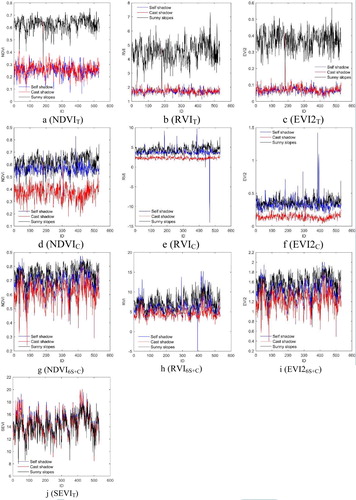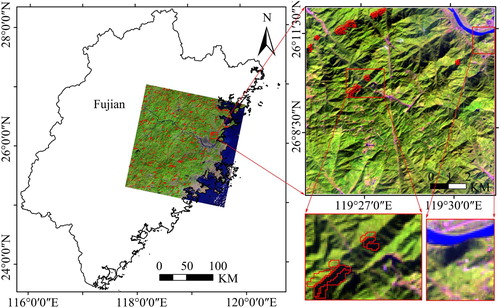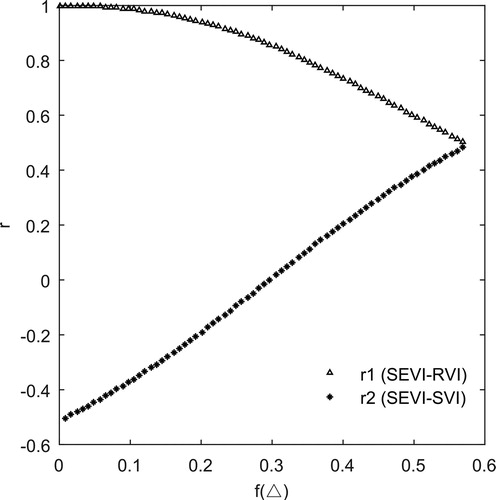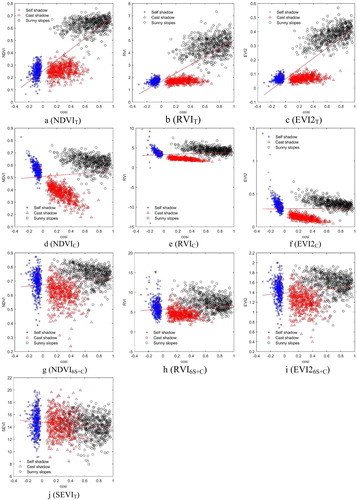Figures & data
Figure 3. TOA reflectance of six land-cover types (left) and VI values on shady and sunny slopes (right).
Note: bands #1–2 represent red and near-infrared wavebands, respectively (left); slopes #1–2 represent vegetation on shady slopes and sunny slopes without shadow, respectively (right).
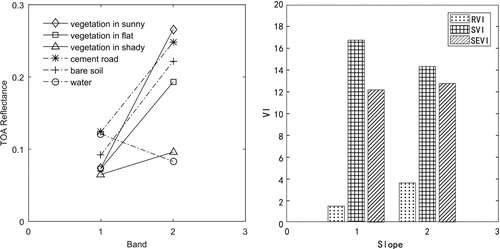
Figure 5. Vegetation indices in the research area.
Note: a–c, j represent vegetation indices computed from the TOA reflectance data, d–f represent vegetation indices computed from the C model corrected data, g–i represent vegetation indices computed from the 6S + C corrected data, and k represents cosi.
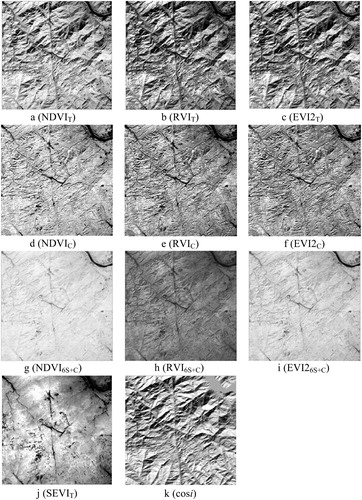
Figure 6. Plots of vegetation indices for 532 sets of samples.
Note: a–c, j represent vegetation indices computed from the TOA reflectance data, d–f represent vegetation indices from the C model corrected data, and g–i represent vegetation indices from the 6S + C corrected data.
